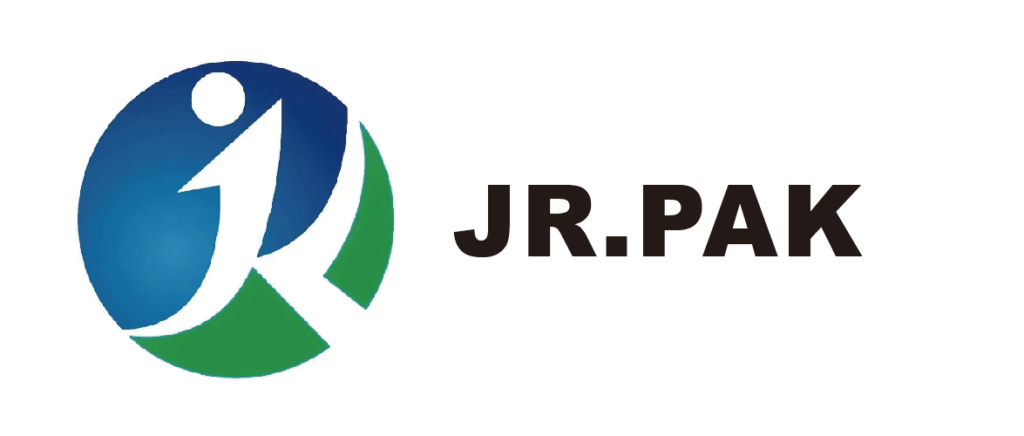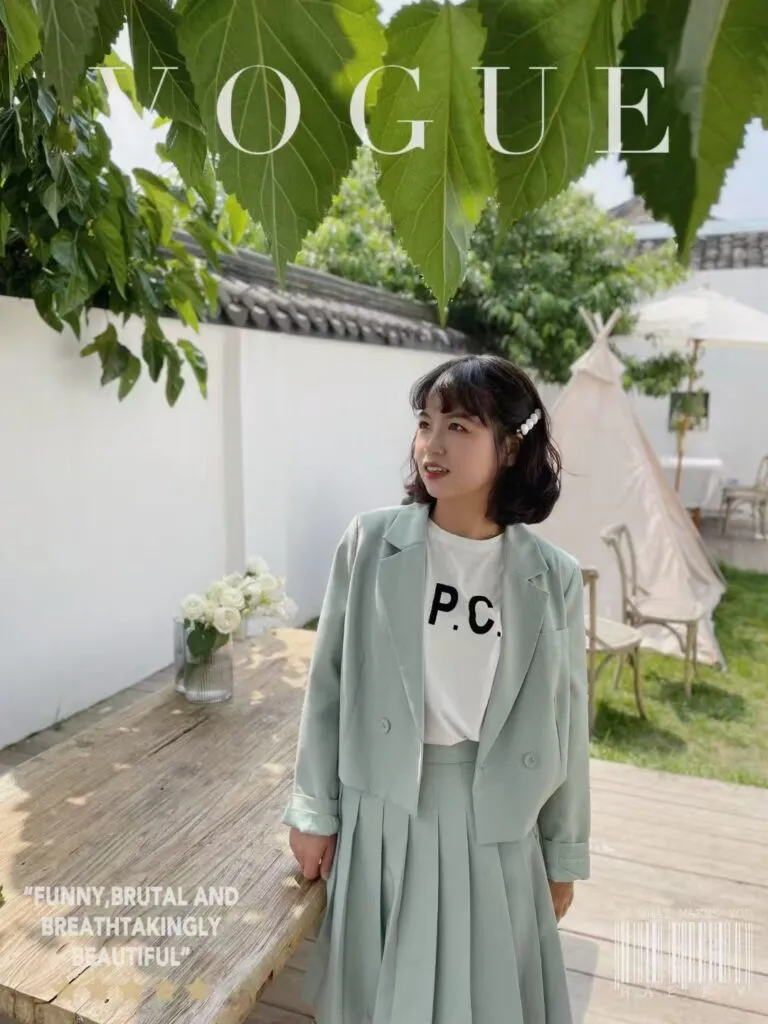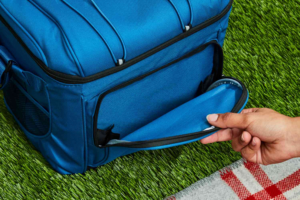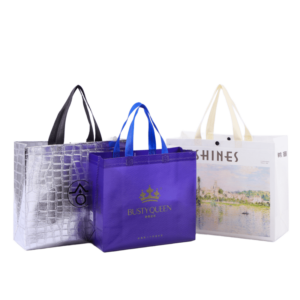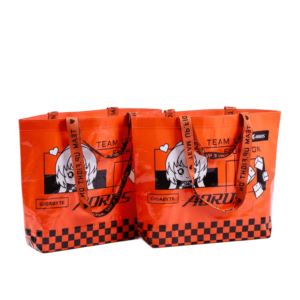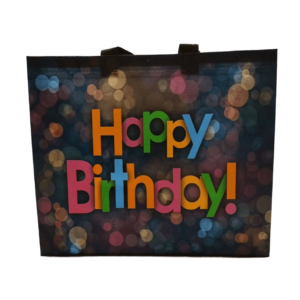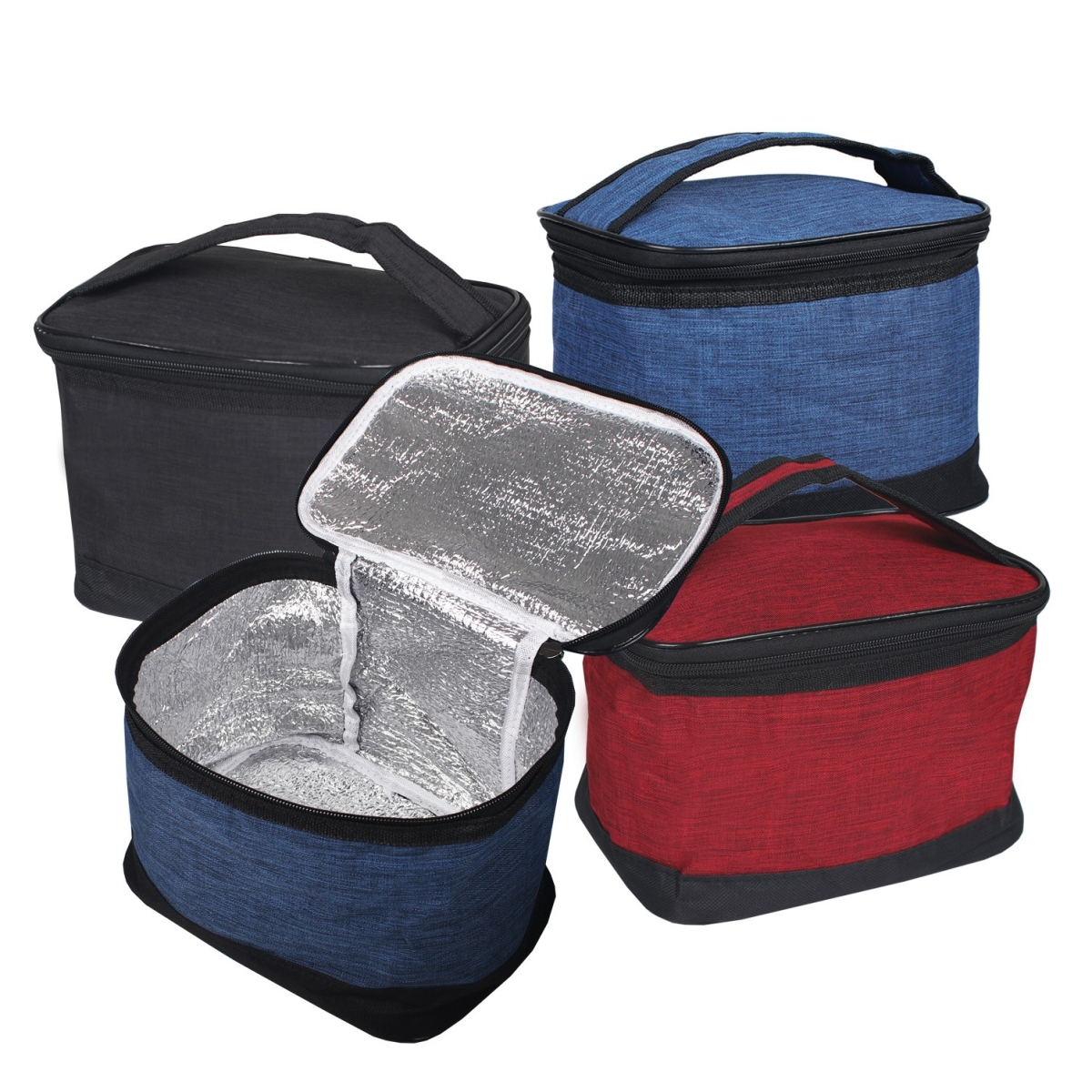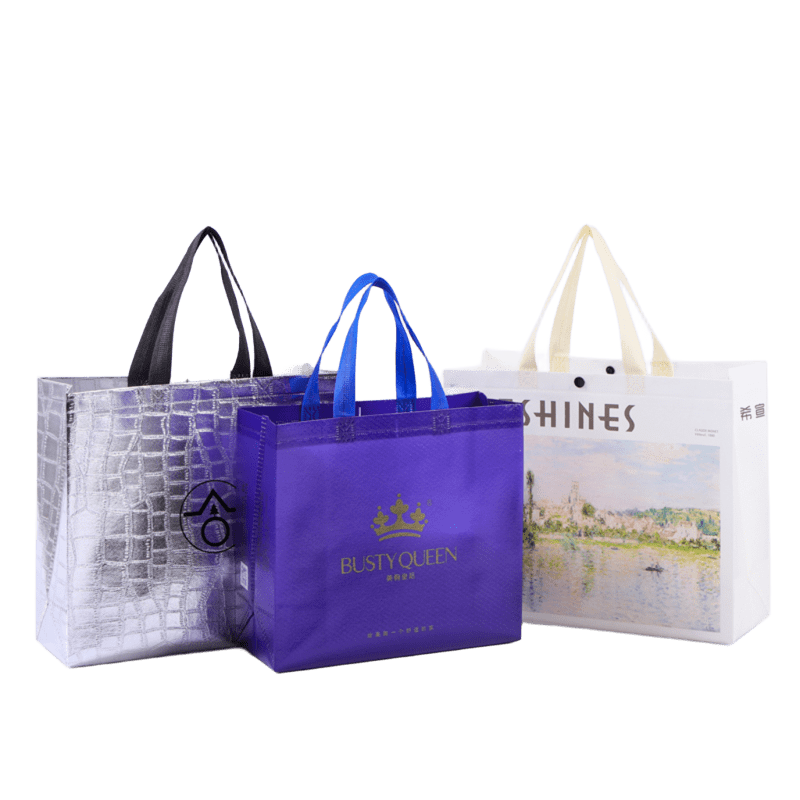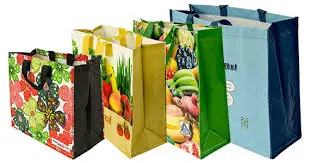
Ever wonder how your heavy-duty shopping bags are actually made? You’re not alone. The whole process is more fascinating than you think.
Woven polypropylene sewing bags are made through a process that includes extrusion, weaving, printing, cutting, stitching, and strict quality control.
If you're sourcing durable and customizable packaging, understanding this process can help you make smarter decisions.
What Materials Are Used to Make Woven Sewing Bags?
Getting the right material is the first step in crafting high-quality woven polypropylene bags1.
Woven polypropylene bags are mainly made from polypropylene resin, a thermoplastic polymer derived from petroleum.
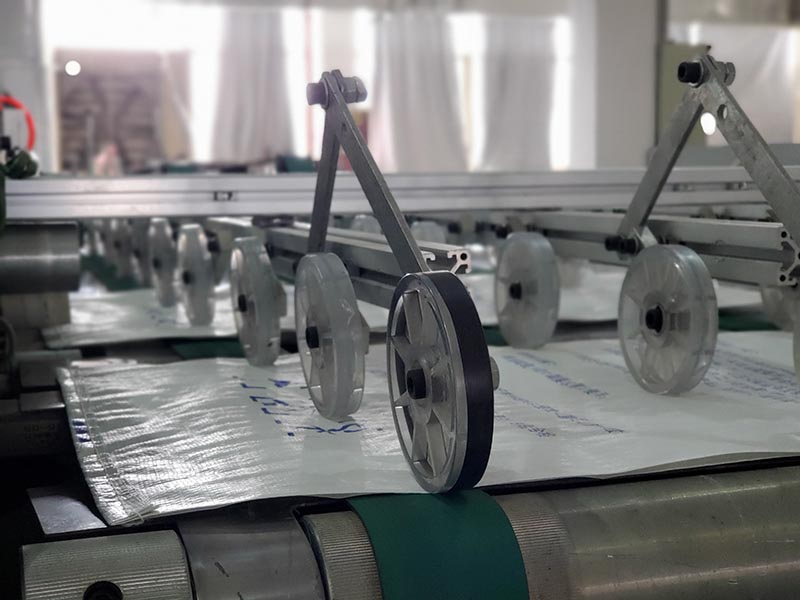
Why Polypropylene?
Polypropylene (PP) is strong, lightweight, and cost-effective. It's also resistant to chemicals and moisture, making it ideal for shipping, agriculture, and retail.
| Material | Features | Application |
|---|---|---|
| Polypropylene | Lightweight, water-resistant, flexible | Base for woven fabric |
| UV Stabilizer | Protects from sun damage | Outdoor use and agriculture bags |
| Pigments | Adds color, branding | Custom logo printing |
Woven PP bags are often coated with a laminated film2. This adds an extra barrier against moisture and dust. Many bulk buyers love this feature. It helps keep goods safe during transport.
How Is Woven Fabric Produced and Treated?
The fabric doesn’t just show up. It’s created using industrial weaving machines that stretch and interlace the fibers.
The woven fabric used in PP bags is produced by melting PP resin into threads, weaving them into sheets, and optionally laminating them.
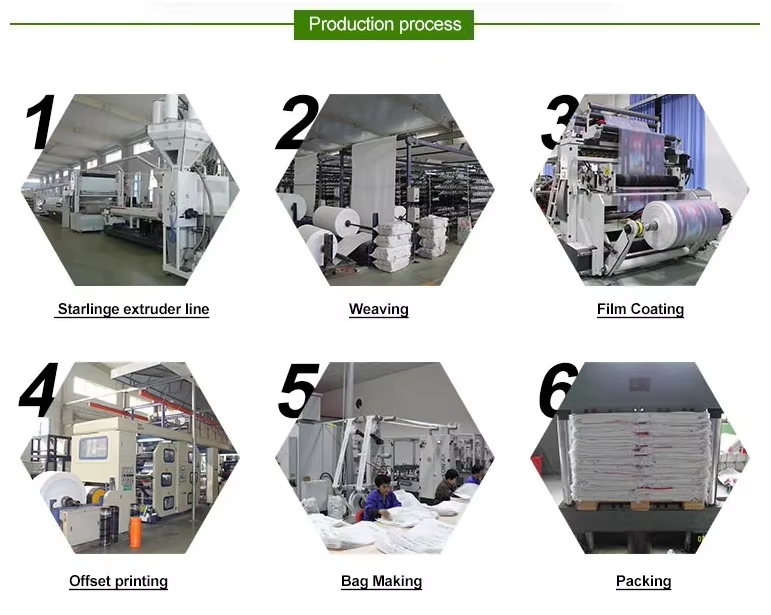
The Fabric-Making Process
Here’s what usually happens in our factory, JiaRong Packing:
- Extrusion: PP resin is melted and formed into long flat threads.
- Stretching: The threads are stretched to increase strength.
- Weaving: Threads are woven into fabric using circular looms.
- Laminating (Optional): A BOPP film layer is added for strength and printability.
| Step | Description |
|---|---|
| Extrusion | Raw PP turned into flat tape |
| Weaving | Flat tape turned into fabric using looms |
| Laminating | Laminated film added for durability and looks |
This step is key because poor-quality weaving leads to weak bags. That's why factories like ours invest in high-speed color printing machines and double-die laminating machines3 to keep things top-tier.
How Are Woven Bags Sewn and Assembled?
Once the fabric is ready, it’s time to bring the bag to life with cutting, printing, and stitching.
Woven PP bags are cut to size, printed with branding, and sewn together using industrial-grade sewing machines.
From Sheet to Bag
Let me break it down real simple:
- Cutting: The woven fabric is sliced into the bag's dimensions.
- Printing: High-speed printers add brand logos, promotions, or product info.
- Stitching: Sewing machines put it all together—sides, handles, and base.
At JiaRong Packing, we have over 100 sewing machines running daily. Skilled workers handle each step. Some bags need handles, others drawstrings. Some get reinforced bottoms. Customization is the name of the game here.
These bags are often used for supermarkets, retail stores, and corporate promotions. If you're in the B2B wholesale bags business, you're probably nodding your head right now.
Why Quality Control Matters in Woven Bag Manufacturing?
Everything can fall apart without good quality checks—literally and figuratively.
Quality control ensures woven bags meet durability, safety, and branding requirements4 before shipping to international clients.
We Don't Skip This Step
Imagine waiting weeks for a shipment, only to find broken stitches and faded prints. I’ve been there. It’s why our team at JiaRong is serious about QC. Here’s what we do:
- Visual Inspection: Check for printing accuracy and color consistency.
- Tensile Testing: Ensure the fabric holds weight as promised.
- Certifications5: Products meet ISO9001 and ISO14001 standards.
For international clients, especially in Europe, North America, and Southeast Asia, certifications and on-time delivery are deal-breakers. And we get it. That's why we double-check every batch before it goes out the door.
Conclusion
Now you know how woven PP bags go from plastic pellets to polished products. It’s a full-circle process that demands skill, precision, and lots of machines.
If you’re looking for top-quality wholesale bags, feel free to reach out through our website. We’d love to work with you.
-
Discover how polypropylene resin is made and why it's ideal for woven bags. ↩
-
Understand how lamination boosts moisture resistance and durability of woven bags. ↩
-
Understand the role of circular looms in efficient PP bag production ↩
-
Understand the QC process and its role in maintaining product integrity and customer satisfaction. ↩
-
Learn how ISO standards ensure product quality and environmental responsibility. ↩
